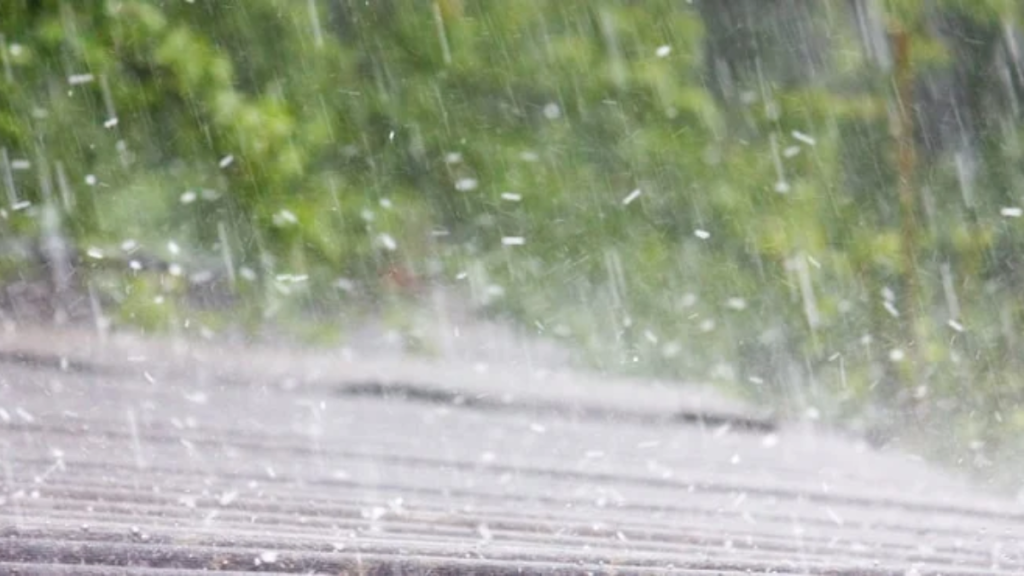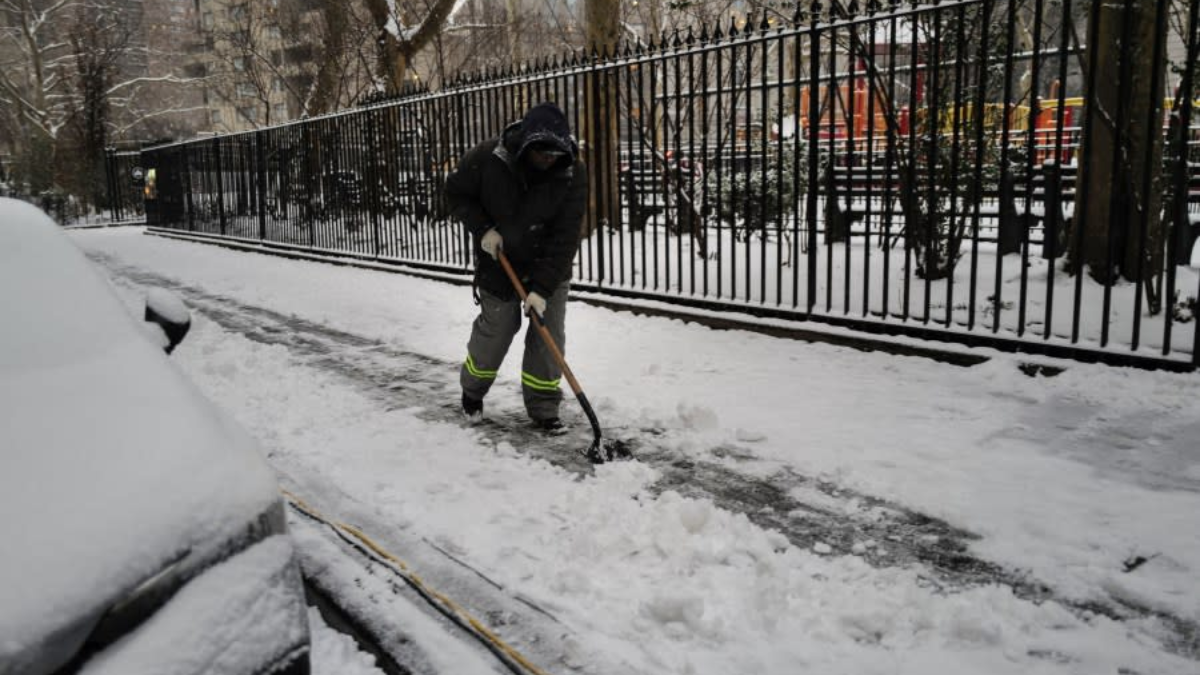Residents of New Jersey are bracing for a dramatic weather shift following an unseasonably warm weekend. Temperatures soared into the mid-70s over the past few days, giving residents a taste of spring.
However, meteorologists are now warning that a powerful cold front will sweep through the region, bringing heavy rain, damaging winds, and the potential for hailstorms.
The National Weather Service (NWS) has issued weather advisories for multiple parts of the state, urging residents to stay alert for sudden changes. While Monday may begin with mild and breezy conditions, forecasters predict that the situation will escalate by the afternoon, leading to possible disruptions for commuters and homeowners.
What to Expect: Heavy Rain, Hail, and Strong Winds
The approaching storm system is driven by a low-pressure system advancing from the Midwest. Forecasters highlight several key threats that New Jersey residents should prepare for:
- Intense Rainfall: A significant downpour is expected, with some areas potentially seeing up to two inches of rain. This could lead to localized flooding, especially in urban and low-lying regions.
- Damaging Winds: Wind gusts could range between 40 and 60 mph, increasing the risk of power outages, falling trees, and property damage.
- Hailstorms: There is a moderate risk of hail in parts of the state, with some hailstones possibly reaching quarter size. Hail can damage vehicles, rooftops, and outdoor furniture, making it essential to take precautionary measures.
The worst of the storm is expected to strike between late Monday evening and early Tuesday morning. The intensity may vary by region, with the strongest impacts forecasted for central and southern parts of the state.
Weather Warnings Issued for Key Areas
The National Weather Service has issued severe thunderstorm warnings for various New Jersey counties, including Essex, Middlesex, and Camden. Officials caution that the combination of high winds and potential hail could lead to hazardous conditions, especially for drivers during peak commute hours.
Residents near coastal areas should also be prepared for strong wind gusts, which could lead to minor coastal flooding and rough surf conditions. Additionally, fallen tree limbs and power line disruptions may become widespread, impacting thousands of homes and businesses.
Safety Tips for New Jersey Residents
With the storm’s arrival imminent, residents are encouraged to take proactive safety measures, including:
- Secure Outdoor Items: Lawn furniture, trash bins, and decorations should be properly anchored to prevent them from becoming airborne hazards.
- Stay Indoors During the Storm: It’s best to avoid unnecessary travel, especially during the peak storm hours. Those who must drive should exercise caution and avoid flooded roads.
- Prepare for Power Outages: Charge phones, flashlights, and other essential devices. Households should have extra batteries and candles on hand in case of prolonged outages.
- Stay Informed: Monitor weather updates from the National Weather Service, local news stations, and emergency alert systems.
- Avoid Flooded Areas: Flash flooding can occur suddenly, making roads impassable. Never attempt to drive through standing water, as even a few inches can be dangerous.

How This Storm Compares to Previous Weather Events
New Jersey has seen its fair share of extreme weather in recent years, with storms like Hurricane Sandy and multiple nor’easters leaving lasting impacts. While this storm system is not expected to reach those catastrophic levels, the combination of heavy rain, hail, and strong winds could still create hazardous conditions.
In the past, severe weather events have caused widespread power outages, travel disruptions, and property damage across the state. Forecasters urge residents not to take this storm lightly, especially given the potential for hail and wind-related damage.
What’s Next? The Week’s Forecast After the Storm
Once the storm system moves out, a significant drop in temperatures is expected. Highs for the rest of the week will return to the 50s and 60s, bringing a more seasonal feel to the region.
Skies are expected to clear by Wednesday, offering a much-needed break from the stormy conditions. However, meteorologists will continue monitoring weather patterns for any further disturbances that could develop later in the month.
Residents looking for real-time updates on the storm, advisories, and safety recommendations can visit the National Weather Service or tune in to local news stations for the latest information.
Disclaimer – Our team has carefully fact-checked this article to make sure it’s accurate and free from any misinformation. We’re dedicated to keeping our content honest and reliable for our readers.
